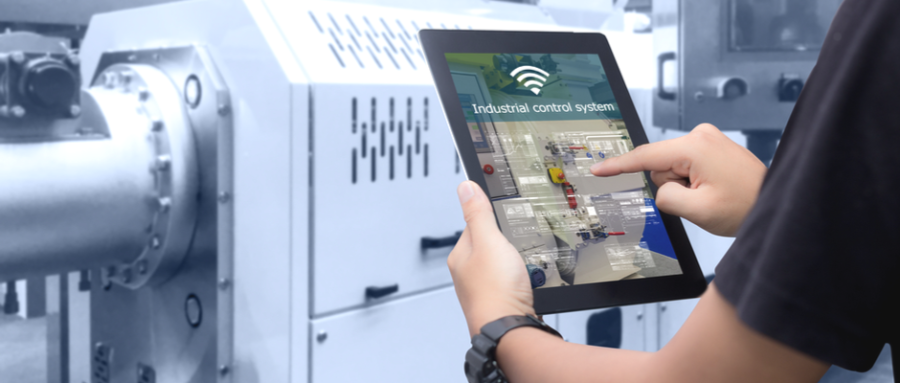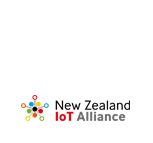“IoT may redefine what working remotely means. With more IoT sensors being deployed in workplaces, jobs which once required you to be in the office or on site, could in fact be done from anywhere in the world. Taking this a step further, could we soon see people doing their job completely from home using the cloud to interact with colleagues, work places and factories, and the billions of IoT sensors deployed globally”.
Source: Business2Community
As the Internet of Things (IoT) becomes more and more embedded within our lives and businesses, it’s also changing the way teams across industries approach their work. In this post, we look at how the IoT is changing the nature of remote work and breaking down the divide between “the office” and “the field.”
Changing how (and where) we work
To understand how the IoT is changing the way businesses operate, we should quickly review what the IoT consists of. ‘IoT’ is, for the most part, just a fancy way of describing devices that connect to a network. The revolutionary part is that these devices include things we haven’t traditionally thought of as computers: things like thermostats, video cameras, microphones, and more.
The data generated by these devices is becoming increasingly central to the big data revolution. As with other massive streams of data, IoT data is increasingly handled in the cloud, where it can be processed and stored, or moved to giant data centers far away from the devices that originally generated it.
If the data doesn’t live where it’s gathered, why do the people who rely on it need to be there? In the simplest examples, the IoT can help collapse the distinction between “in the office” and “in the field” when that field data can be accessed and acted upon by someone back at the office or somewhere else entirely.
When we talk about work and the IoT, we usually talk about data scientists and engineers who build machine learning models to derive insights from that data and design the storage and processing systems needed to house it. This ability to take data that makes the devices valuable and move it away from the site where it’s generated is a simple idea, but one with potentially huge ramifications for all businesses.
Breaking down the office and the field
Running a successful manufacturing operation requires keeping your machines working at peak performance while minimizing costly downtime. Historically, making sure the machines are working properly has been the responsibility of trained specialists who work onsite with the machines themselves. But as businesses scale, these resources may be stretched thin.
This common scenario is an ideal case for the IoT. By adding IoT-connected sensors to their manufacturing facilities, a business can measure important variables (like temperature, moisture, and dust), while also monitoring output and quality.
With reliable data coming in real-time, it may no longer be necessary to keep a team of technicians onsite. Instead, a single technician may be able to actively monitor the conditions at one or more facilities remotely. Manufacturing facilities aren’t the only settings where the IoT is having a transformative effect. Smart agriculture is turning to IoT sensors to measure soil conditions and rainfall to help farmers remotely monitor their crops, and medical device manufacturers are increasingly finding ways to help doctors remotely monitor and manage their patients’ health.
Besides providing convenience, the availability of real-time data wherever you are means that experts are able to more quickly react to changing information. The addition of predictive analytics and machine learning to these scenarios can help deliver even more valuable insights and automate the decision-making process further.
Bringing the office home
The IoT’s impact won’t only be felt by the experts and decision-makers out in the field. In ways large and small, it’s also changing the way the office works.
Over the past several years many businesses have turned to virtual assistants with administrative skills, but the IoT can also enable these workers to bring on skills more commonly associated with receptionists. For example, at Upwork’s offices in San Francisco and Mountain View, employees and visitors are always greeted by a virtual receptionist using a combination of iPads and internet-connected telerobots.
Michelle Ilumin, Upwork’s workplace manager, says these professionals make sure guests at Upwork get checked in, sign NDAs, and are offered bottles of water while the team members who are expecting them are notified.”The great thing about our virtual receptionists is that they’re still able to offer a warm, human touch to our guests, even though they’re not physically present in the office.”
Keeping IoT data secure
So far we’ve focused on the upsides of the IoT and remote work, but the advantages it adds also come with unique challenges. We’ve written before about the lackluster security of many IoT devices, and these concerns are only likely to increase with team members working remotely. The reality of the IoT is that poorly designed or improperly secured devices can grant attackers access to sensitive or confidential data. To take one dramatic example, in 2017 hackers managed to extract 10gb of data from a casino by way of an IoT-enabled fish tank.
The known vulnerabilities of the IoT make it especially important for remote team members to properly secure not just their work devices but also any consumer IoT products that may be connected to the same network. Beyond securing the hardware, teams should make sure they have other security protocols in place, whether it’s requiring anyone connecting to the corporate network to use a VPN, managing devices from the cloud, or just requiring team members to change their passwords regularly.
Read more at https://www.business2community.com/brandviews/upwork/what-the-iot-means-for-remote-work-02052410






